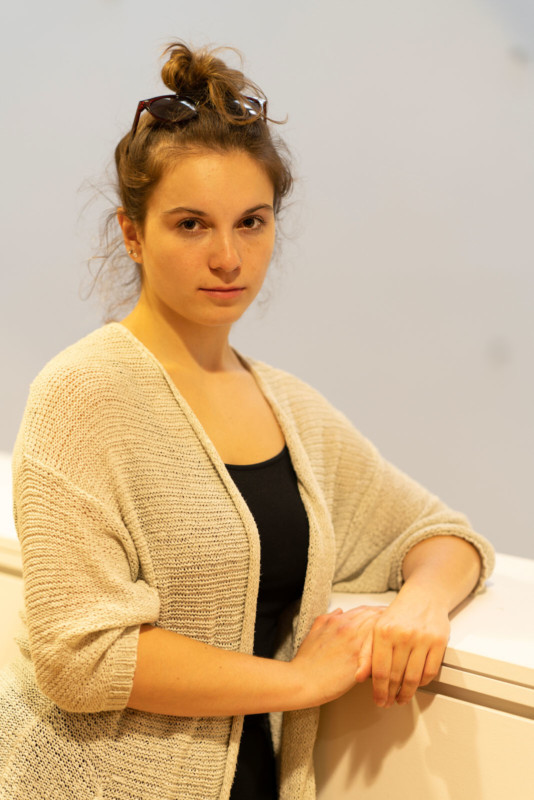Canon IS vs Sony IBIS: Which Image Stabilization is Better?
The Sony a7R III is a feature-filled camera that I’m sure many of us would consider to be one of the best currently available on the market. One of its very useful features is IBIS or in-body image stabilization. This feature helps prevent motion blur in your images by moving the sensor to compensate for unintentional vibrations and movements.
Canon, on the other hand, does not currently offer any camera with sensor stabilization. Their reason for this is because they believe stabilization in the lens is more effective because it’s designed specifically for the lens in question. For that reason, I decided to compare Canon’s lens IS against Sony’s IBIS to see which one is actually better.
To begin with I started with comparing the Canon 24mm f/2.8 IS on the Canon 5DS R vs the Sony 28mm f/2.0 on the Sony a7R III. Both of these lenses are relatively small and light, which does in itself prevent some degree of motion blur. Using continuous lighting, the images were shot at 1/10th of a second at f/2.8 and after taking a large number of images, I managed to achieve an average hit rate of 70% for both.


When it came to portraits I decided to shoot with one of the latest lenses from Canon the 85mm f/1.4L IS. For Sony, I switched to the Zeiss 85mm f/1.8 Batis and shot both lenses at f/1.8 to match the depth of field.
After taking a number of shots the Sony achieved a hit rate of 75-80% consistently and Canon achieved between 70-75% consistently. Due to the weight difference between the lenses the 85mm f1.4 G Master would have been a better choice. Even still I estimate the hit rate would have been identical had I have used the GM. Essentially both IBIS and IS operate at a very similar level.


I also conducted several other tests that can be seen in the video at the top of this article.
Although it would seem that there is no clear winner, Sony actually wins this comparison for a number of reasons. The point of this test was to determine if Canon’s claim was correct and whether or not IS, is better than having sensor stabilization. Due to the fact that the results are so close, Canon is wrong in what they claim and effectively sensor stabilization is a better option. IBIS can be used and is effective on any lens you mount on the camera and it works well even on adapted lenses. IS, on the other hand, will obviously only work on lenses that have that feature.
Canon really needs to start implementing proper in-body stabilization because the technology is now on par with lens IS. Of course, it’s important to mention that these results are only specific to the a7R III because it’s currently the only Sony camera rated at 5.5 stops of compensation.
P.S. If you’d like a closer look at the test images I shot, you can download them here.
About the author: Usman Dawood is the lead photographer of Sonder Creative, an architectural and interior photography company. The opinions expressed in this article are solely those of the author. You can find more of his work on his website, Instagram, and Twitter.